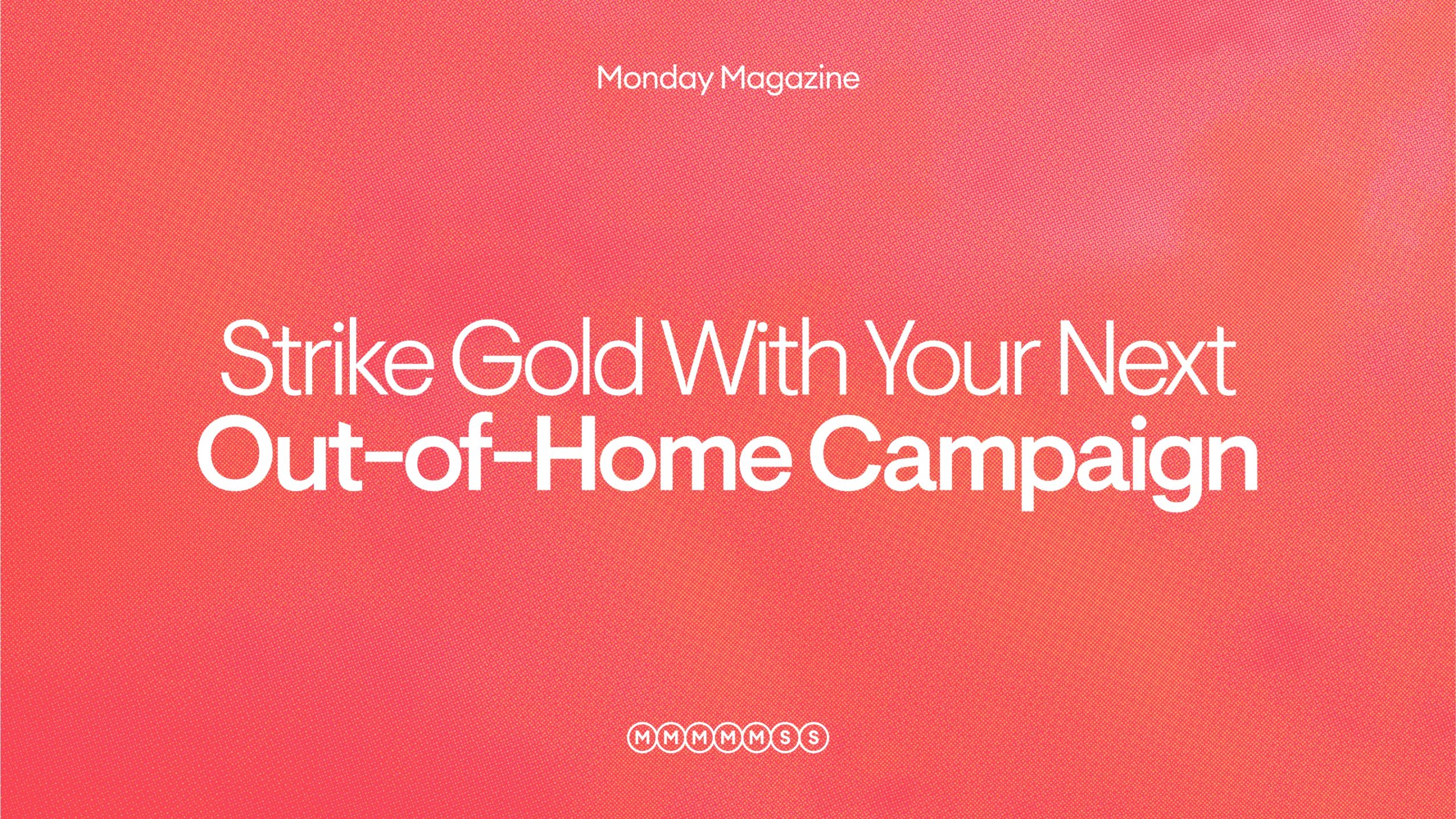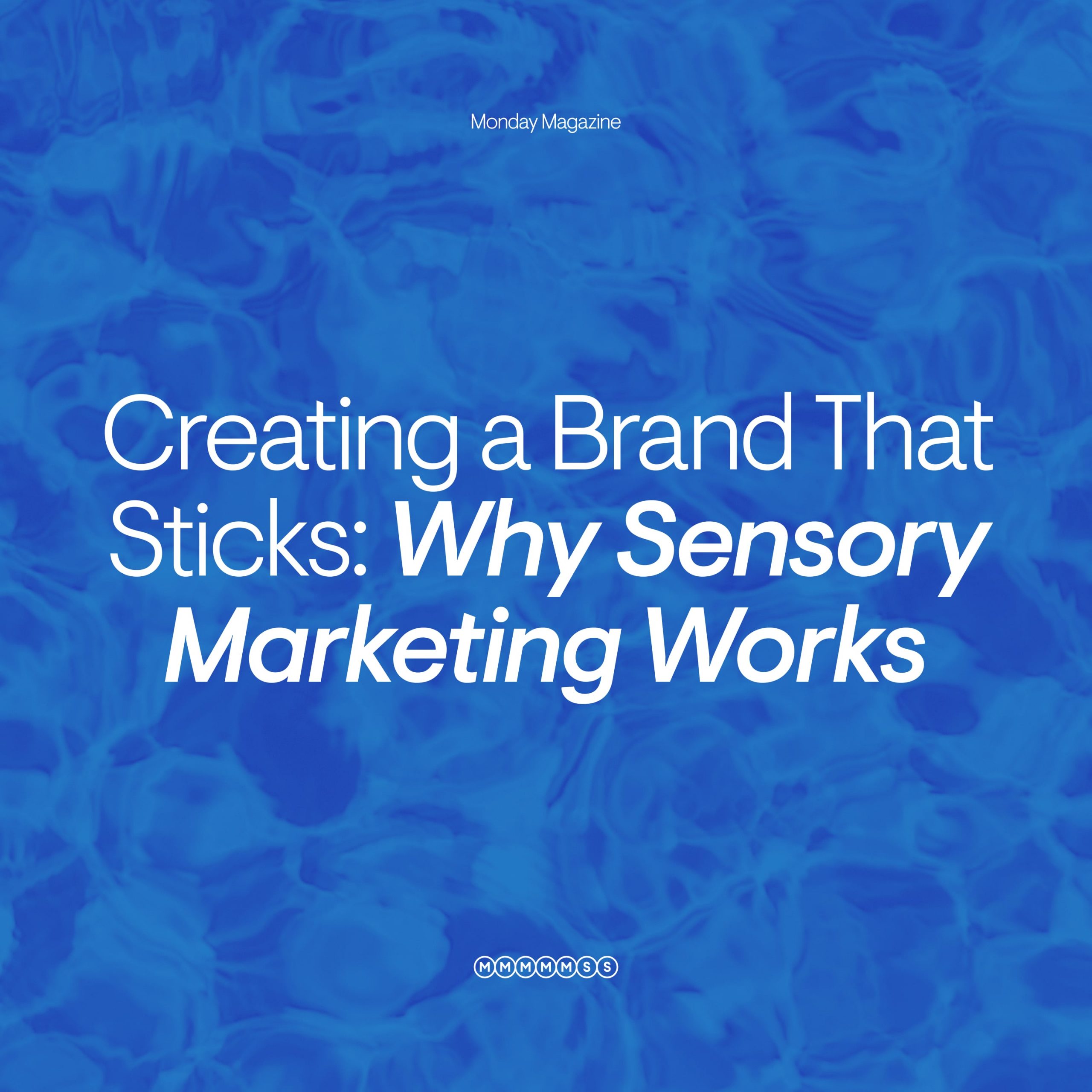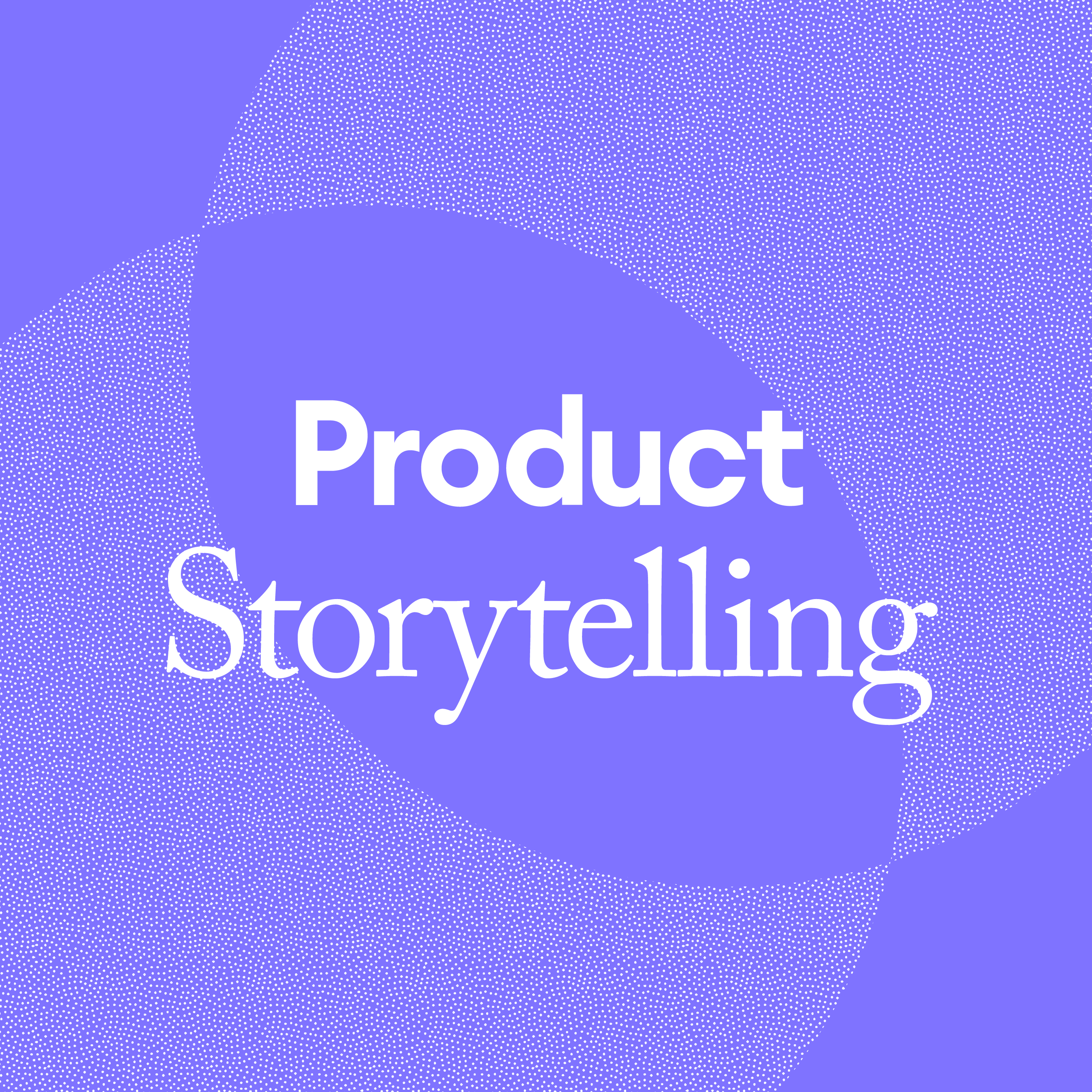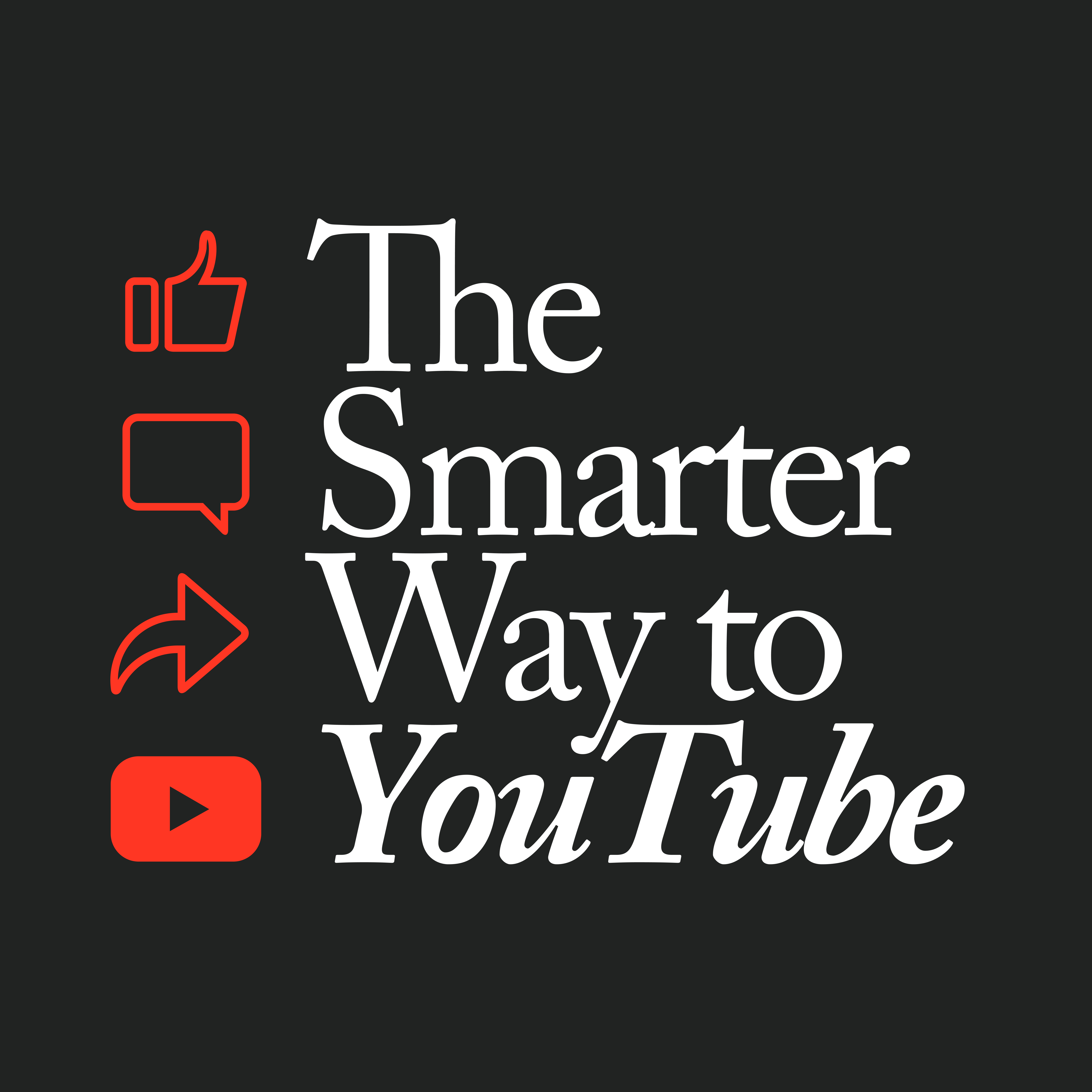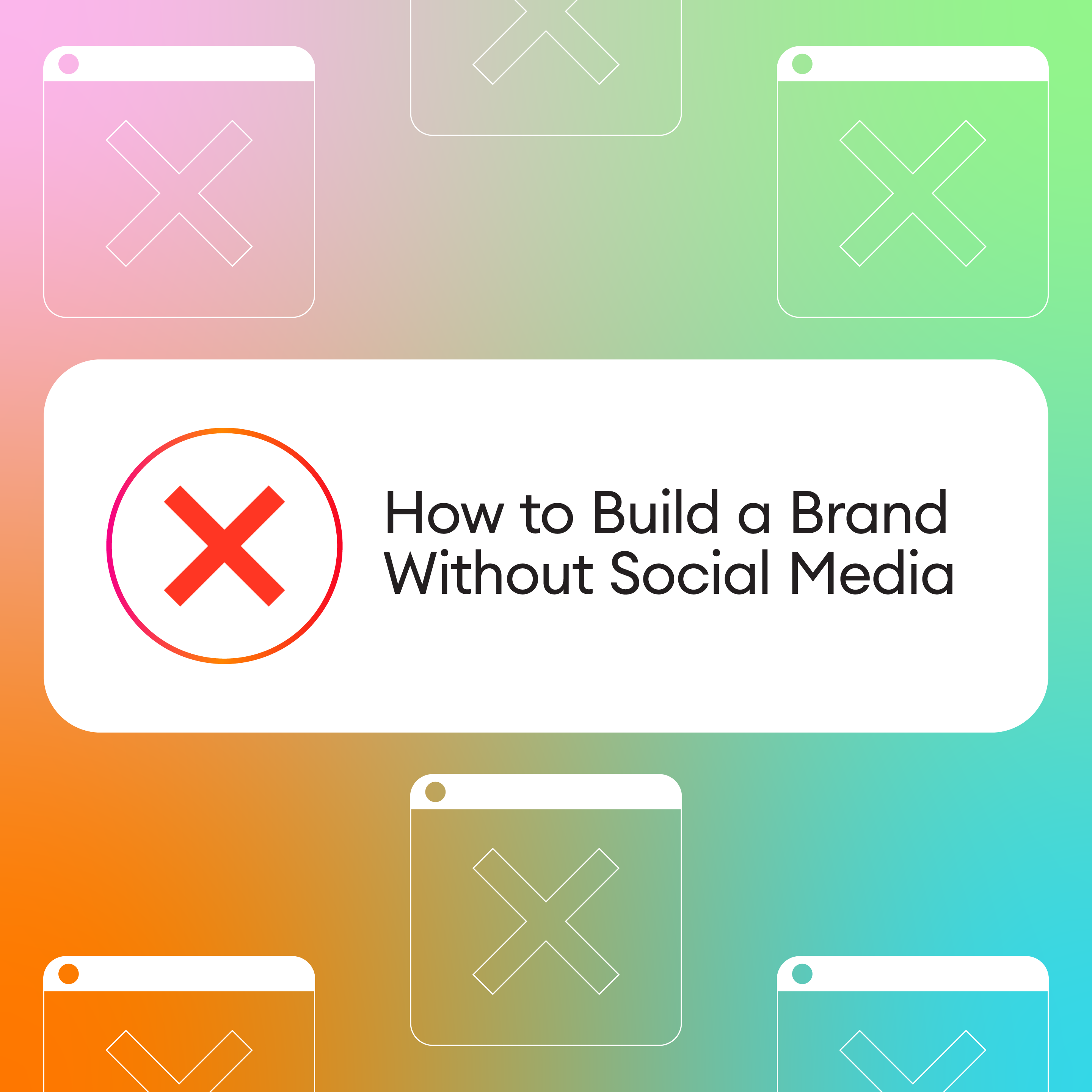In-stream ads. Social algorithms. Substack subscriptions. Marketers are fighting for digital attention spans in a seemingly bottomless scroll-fest. Out-of-home—those ads we see in the physical world, like billboards and transit posters—can be one way to cut through the noise. The industry is growing steadily and shows no signs of stopping, with ad spend projections set to reach nearly $68 billion by 2029. Why? Brands with a strong physical presence build familiarity and trust on a level above digital alone.
Like any marketing strategy, out-of-home is only as good as your concept. BelliWelli CEO, Katie Wilson, had the idea for the Hot Girls Have IBS billboard while she was stuck in LA traffic. In her own words, there wasn’t a big fancy strategy meeting. It started with an unshakeable idea and a phone call.
“Knowing…less than zero about out-of-home advertising, I actually pulled over to the side of the road and Googled ‘billboard people,’ and I called the first number that popped up and said, ‘I have this crazy idea.’”
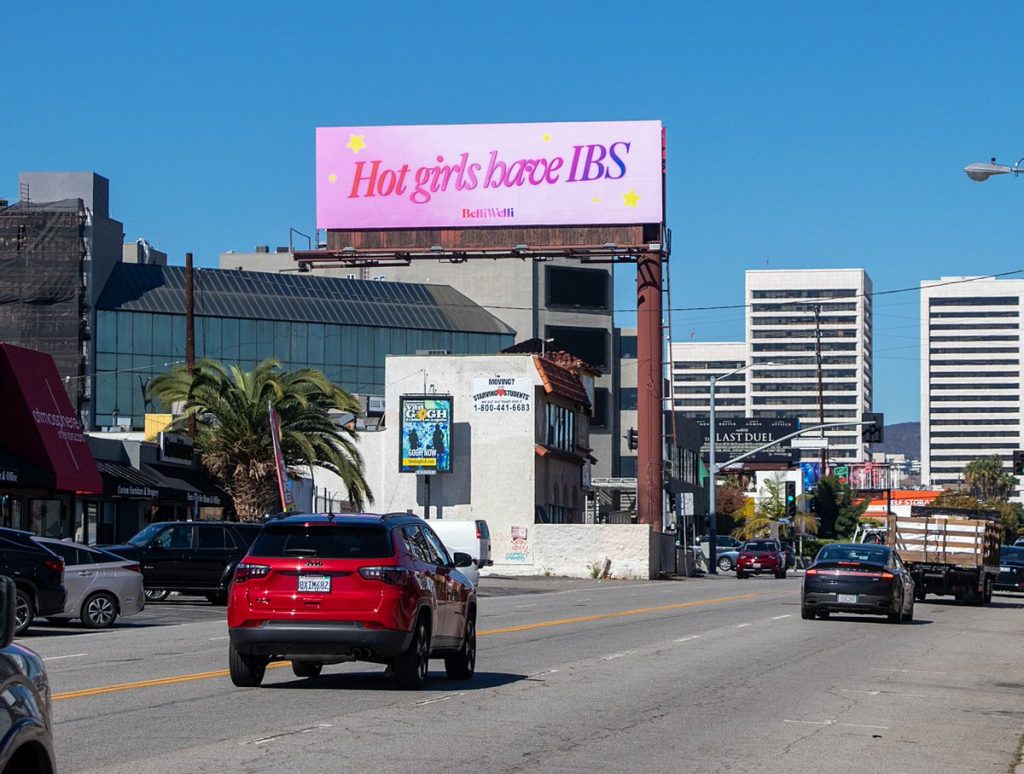
The campaign skyrocketed the wellness brand into OOH fame. There’s no secret formula to going viral, but our podcast episode with Katie uncovered three major takeaways to starting strong—four, if you count her “why not?” approach. Here’s the lowdown.
1. Capitalize on culture, not trends
TikTok is setting the tone for trends at lightspeed. BelliWelli is no stranger to the power of the platform’s earworm audio and personalized algorithms—the brand’s TikTok strategy is making headlines of its own these days. But it’s never been the only focus in Katie’s marketing playbook.
“We want to speak to the millennial and the Gen Z crowds, but we also want to speak to Gen X, we want to speak to Boomers, we want to speak all the way up. So if you’re using very specific TikTok trends, you’re really limiting your audience.”
Remember when millennials were a marketer’s holy grail? Today, brands compete to win over Gen Z, and Gen Alpha isn’t far behind. We seem to fixate on younger generations, but at what cost? Data shows that older demographics have substantial disposable income—not to mention lower screen time—and account for over 40% of consumer spending in the US.
Instead of hopping on passing trends that could exclude a huge subset of your buyers, go a level deeper into the patterns, behaviors and subcultures those trends stir up. Where do those viewers spend their time? What language are they using to talk about the things that matter to them? Following those insights is exactly what gave BelliWelli a whole new set of fans.
The Hot Girl content trend took off in the early 2020s as a playful subversion of stereotypes. Instead of listing glamorous habits or hacks, conventionally attractive creators shared their mundane, relatable life struggles. Katie spotted the movement taking off and saw the parallels between BelliWelli’s mission, the lighthearted content and the deeper message.
“Hot Girls Have IBS was easy to understand. You might not totally understand the context, but you’re still going to find it funny and cute—even if you’ve never seen TikTok, or you have no idea what the Hot Girls Have movement is.”



2. Build brand awareness with relatable messaging
Katie has a fierce curiosity about gut health. Since her early days camping out in Facebook groups looking for answers to her own digestive issues, she’s tapped into pretty much every available resource—and she noticed a big gap in the space.
“There was no one talking to consumers like me using words that I understood or could relate to. It was either very medicinal, or it’s potty talk, and I needed something straight down the middle.”
The Hot Girls Have IBS campaign worked because BelliWelli nailed the messaging. They made it shareable without being shocking—a fine line in the digestive wellness space, and totally on-brand for their direct, cheeky-BFF brand voice.
How can you riff off their success? For starters, focus on shared experience and common language. Consumers are largely encountering out-of-home on the go, which makes clarity and connection extra important. BelliWelli also learned that cool factor can be fragile. If you’re making a play for brand awareness over conversion, a call-to-action isn’t always your best bet—no matter how difficult it may be for marketers to forego tracking performance.
“We got a little greedy…and added a CTA to text us. That did not work. As soon as it feels too much like an ad, it’s not cool to take a photo and send to your friends.”
Lastly, there’s a difference between shareability and gratuitous shock value. Your brand doesn’t have to be for everyone—Katie knew BelliWelli’s neon pink color scheme would alienate some people—but if you’re unintentionally offensive or exclusionary, you’ll get the wrong kind of awareness. To uncover potential blind spots, always gut-check your content. Have another party review and weigh in. Do a thorough search of any idioms or slang you’re using that could be misinterpreted. Run digital creative through basic accessibility testing. Taking proactive steps to spot the no-gos before launch will make your messaging stick for the right reasons.
3. Choose an OOH location with visibility
Place-based ad real estate goes for big bucks, so it’s easy to fall into a more-is-more mindset. Before you blow your entire budget, take a step back into your customers’ shoes. Is anyone going to scan a QR code when their hands should be on the wheel? Will they notice your brand spot in Times Square while they’re barraged by hundreds of others, or would you stand out more on a quieter route?
BelliWelli wasn’t promoting a months-out product launch, and they didn’t want the $20k placement on the 405 freeway. That gave Katie the freedom to focus on what mattered within her price range. She chose a side street that wasn’t in high demand—and where, conveniently, drivers could easily stop for a selfie. That clever ad location amplified reach exponentially. Think about it—we can mute Netflix ads and skip podcast mid-roll, but the “you’ve gotta see this” message in the group chat? THAT gets our attention.
“Two days later, I drove by and there was a line of 15 people waiting to take photos in front of the billboard. And that’s when I knew we had struck gold.”
Listen to Katie’s episode on My Best Campaign, and get more career-changing campaign insights from brand leaders by subscribing on Spotify, Apple Podcasts, Amazon or YouTube.
Have an ad campaign you’re ready to get out there? Let’s talk about it.



